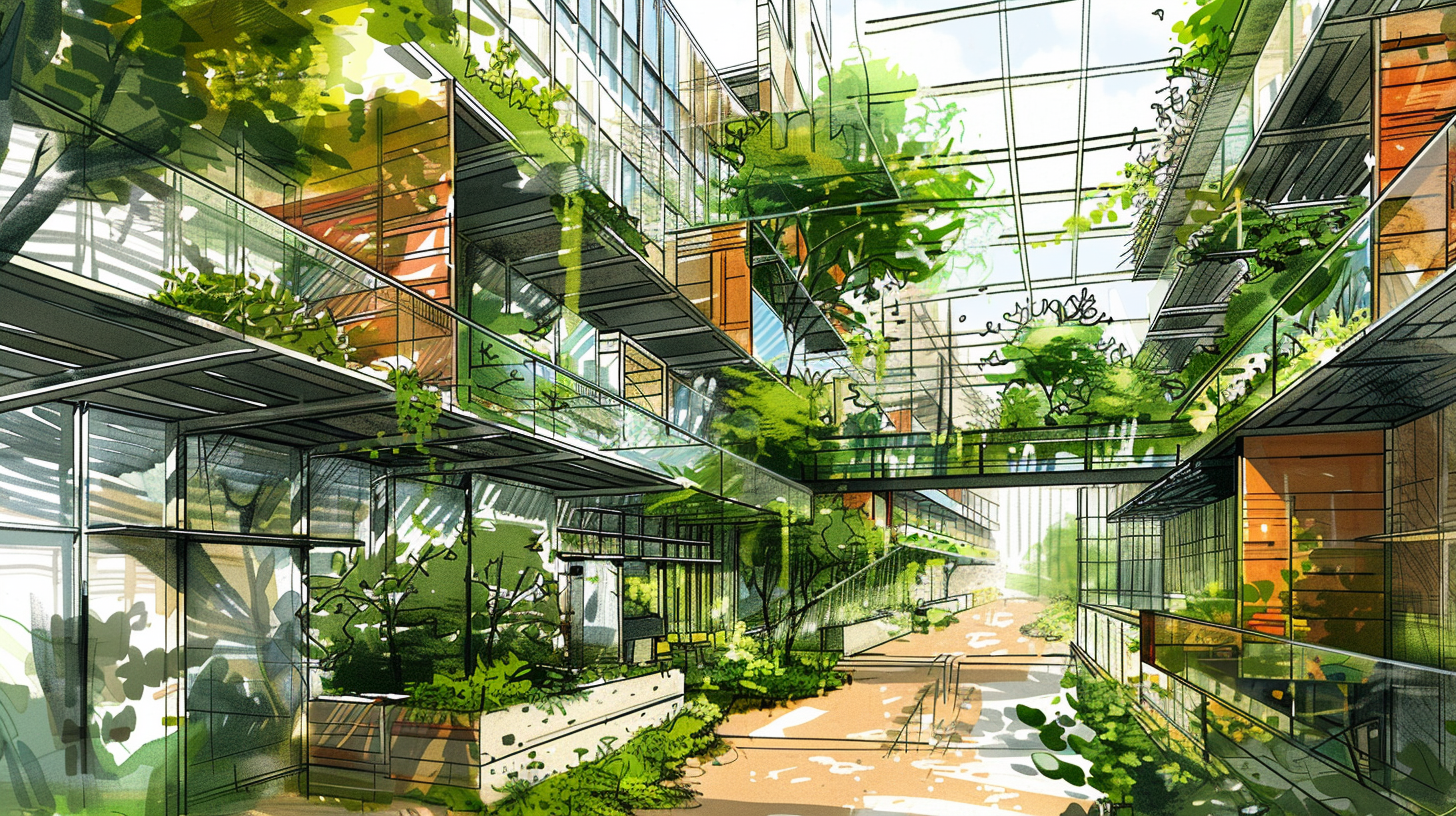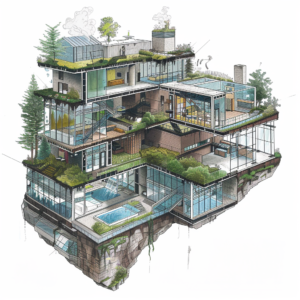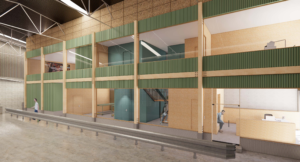
Circular Economy in Construction Materials
Welcome, curious minds! Today, we’re delving into the realm of sustainable construction materials and the groundbreaking concept known as “Cradle to Cradle.”
Developed in the 1990s by architect William McDonough and german chemist Michael Braungart, Cradle to Cradle (C2C) is a framework for sustainable design and production. Unlike the conventional “cradle to grave” approach, which ends with disposal, C2C emphasizes a circular economy where materials are continuously reused, recycled, or regenerated.
At its core, C2C considers five key principles:
Human Health: Products should pose no harm to human health or the environment throughout their life cycle.
Material Reutilization: Materials should be designed for recyclability or reuse, minimizing waste.
Renewable Energy: The use of renewable energy sources reduces reliance on non-renewable resources.
Water Management: Efficient water use and wastewater management are essential for sustainability.
Social Equity: Fair treatment of workers and respect for local communities are integral to the process.

In the realm of construction, C2C has catalyzed a shift towards greener practices. The Cradle to Cradle Certified® Product Standard serves as a beacon for companies striving for sustainability. By adhering to this standard, businesses commit to producing materials and products that meet rigorous environmental and social criteria.

Why does this matter? Consider this: the construction industry is a significant contributor to carbon emissions and waste generation. With the global demand for buildings on the rise, addressing these challenges is paramount. C2C provides a tangible solution, encouraging innovation and responsible resource management.
From eco-friendly building materials to energy-efficient designs, the adoption of C2C principles is reshaping the built environment. By choosing Cradle to Cradle Certified® products, architects, designers, and consumers can contribute to a healthier, more sustainable future.

Recent Project Highlight
We have developed an industrial project for a company that produces phytosanitary products, adhering to these principles. This project involved repurposing an existing warehouse, enhancing its performance, and incorporating wooden slats as solar filters and clay coatings for the exteriors.
Additionally, the interior of the warehouse will feature prefabricated office space in wich we embraced Cradle to Cradle (C2C) principles by using chipwood as a primary finish for walls and costume made furniture.
Chipwood, known for its durability and recyclability, aligns perfectly with the C2C framework, especially in terms of Material Reutilization. This choice ensured that the office’s interior not only reduced waste but also contributed to a circular economy—the wood can be reused or recycled at the end of its lifecycle.

Our selection of chipwood also reflects our commitment to Human Health. By using this non-toxic material, we created a safe and healthy work environment. Moreover, chipwood’s production can utilize Renewable Energy sources, which further minimized our project’s carbon footprint. This showcases a practical application of C2C principles in modern interior design.
In conclusion, the journey towards a circular economy begins with small steps. Embracing Cradle to Cradle principles in construction materials is one such step, paving the way for a brighter tomorrow.
Stay tuned for more insights into the fascinating world of sustainability!
